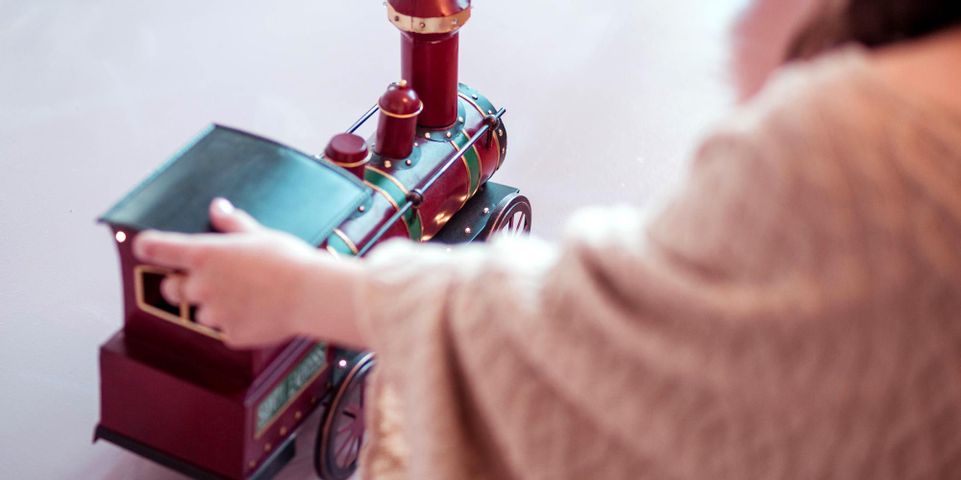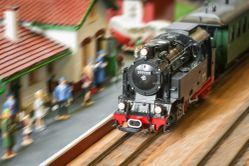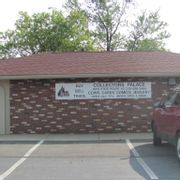
Model train toys and their tracks never seem to lose their appeal. There’s just something fascinating about a moving locomotive, which makes collecting it a fun hobby. And if you have vintage toys like these stashed away somewhere in your home, they could be worth a tidy sum of money. Here’s a closer look at the miniature world of these trains.
How They Came to Be
In the 1860s toy trains came out in Europe, many years after the invention of the locomotive that paved the way for the Industrial Revolution. These wooden toys only bore semblance to the real thing. Three decades after their creation, Germany-based toy company Marklin mass-produced the railway sets, along with wind-up trains. Later on, they produced the first electric-powered toy train set.
 The turn of the century saw many toymakers churning out model trains because of high demand and clamor. Over the years, model trains became more realistic in appearance, with intricate details, working parts, controls, and sounds.
The turn of the century saw many toymakers churning out model trains because of high demand and clamor. Over the years, model trains became more realistic in appearance, with intricate details, working parts, controls, and sounds.
What Are Considered Collectable?
It’s relatively easy to buy model trains and railroads nowadays, as compared to back then when these vintage toys were for the affluent. However, it’s another matter altogether when you’re talking about collectibles, which are for hobbyists.
Collectors often look for trains solely made for model building. Some prefer older models, like the O-gauge trains produced in the 1950s, while others are in the market for oddities—a one-of-a-kind locomotive—or those produced in limited numbers, such as the post-war Halloween General set from Lionel.
What to Know Before Buying One
If you’re getting started on collecting vintage toys like model trains, below are a few things to keep in mind.
-
Scale or Gauge: Model trains come in different sizes identified through various gauges and scales, often used interchangeably. Gauge is a distance between the main rails, while scale pertains to the ratio of the model vis-à-vis the actual train.
-
Track: Railroad tracks are where your trains will run, so choose the track gauge standard with other models. Instead of plastic, choose metal ones, with nickel silver as the best option for conductivity and resistance against rust and corrosion.
-
Power: Most model trains run on electricity, but they often come with starter power packs with enough juice to control the locomotive. Upgrading to a more stable electrical supply is also possible once you expand.
If you’re on the lookout for toy model trains and railroads, drop by Collector’s Palace Coin & Jewelry in Streetsboro, OH. This quaint shop offers an impressive assortment of collector’s items such as vintage toys, comic books, sports memorabilia, rare coins, and antiques. Get in touch at (330) 626-2464 for inquiries or visit them online to learn more.
About the Business
Have a question? Ask the experts!
Send your question

